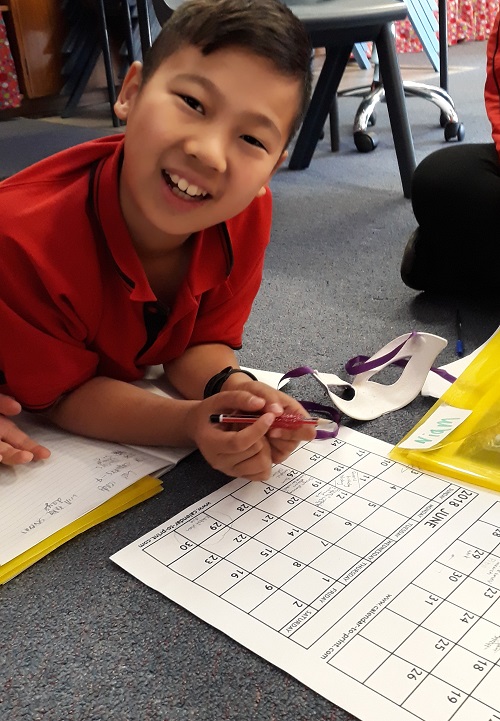Project Planning with Get Ready, Do, Done
We were back into planning for our exhibit first thing this term. By the end of this term, the junior curators need to have developed their exhibition to a point where it can be sent to designers, printers and framers. There is a lot to do.
However, rather than dive in, we spent the morning working on creating a project plan. A good plan helps to ensure everyone in a group understands where the project is going. It also means that if someone is away, they should be able to understand what has happened while they were away. It also means that we know where each group is up to and we can support them if they are falling behind, or provide more challenges and opportunities if they are ahead.
Last year, we prepared a short exhibition brief to submit to the museum manager. This was not really possible this time, as each group is working on very different topics. Therefore, each group is writing a project plan to follow. They will need to refer to this plan when they 'pitch' their exhibit in a few weeks, so show that they understand the outcome and what is required to get there.
We started by following a project planning approach called 'Get Ready, Do, Done'. While it is designed to support people who need to develop better executive functioning, I have found it a useful process for exhibit planning. Exhibits are ultimately visual, physical experiences. However, large parts of the exhibit is often curated in front of a computer screen. The actual process of physically laying out the exhibit usually does not occur until the installation. By this time, labels, panels, plinths and stands have been ordered. Visualising the end result with as much clarity and detail as possible and then planning backwards can be a helpful approach.
I made a few slides to have up on the board so that the junior curators could look at what they needed to do if we were busy helping another group.
Our goals for the morning were:
We started with 'DONE'. In this step, everyone visualises what their exhibit will look at the end. While we did this back at our first session in term one, now that we have done some skills training and also researched the Museums collection and some local history, it is worthwhile to refine those ideas. Now, we have more reality and parameters to help guide the project. Some of the things to think about at the DONE stage were:
Some groups made lists, others sketched exhibition layouts. The important thing at this stage is to get a strong, clear and cohesive vision for the end product.
The next stage is much harder: 'DO'. In this step, the junior curators needed to outline the steps that they need to take to make their idea a reality. In this step they also estimate the time that each step will take. With content due at the end of the term, it feels like they have a long time - the reality is that ten weeks is not very long at all! This stage is also a good opportunity to work out who will be responsible for different aspects of the work.
The final step in this process is to GET READY. This is a list of what things they might need to complete their exhibit. This step mainly ensures that we have budget and have resourced things we might need. Living in a regional area means that we have to order a lot of the tools or resources we need, so we need to be prepared to get the most from the limited time we have in class to work on this.
The final step after this was to plot the steps onto a calendar. We had already put some of the key activities and deadlines onto the calendar, such as the visit from the Graphic designer, the pitch, and informal updates. Each group is responsible for working out their own time line to fit in with the other commitments.

Nick fills in the calendar for the Gaming group.
This process took about an hour and a half, but hopefully will save a lot of time down the track by providing a clearer path to follow!



